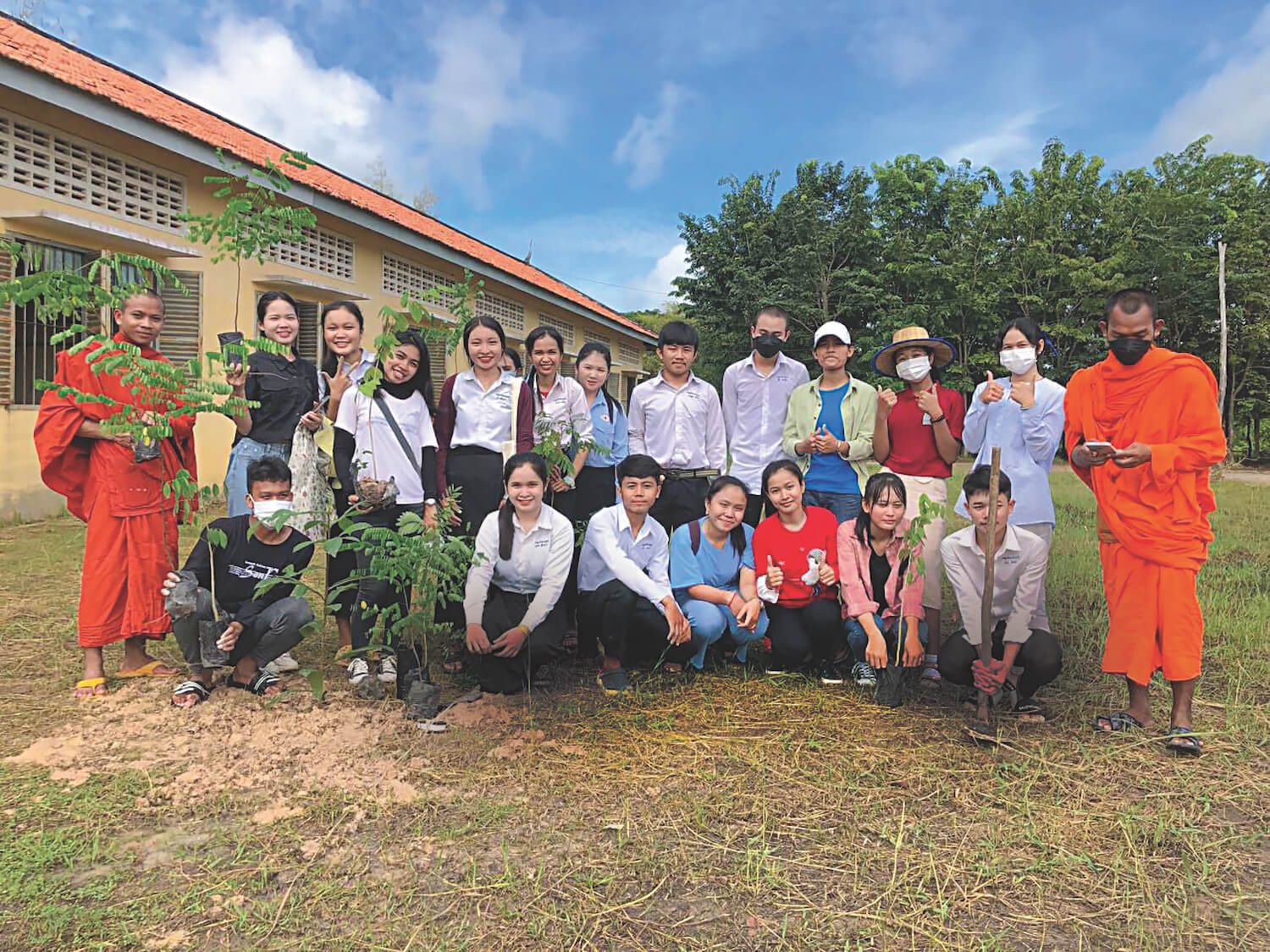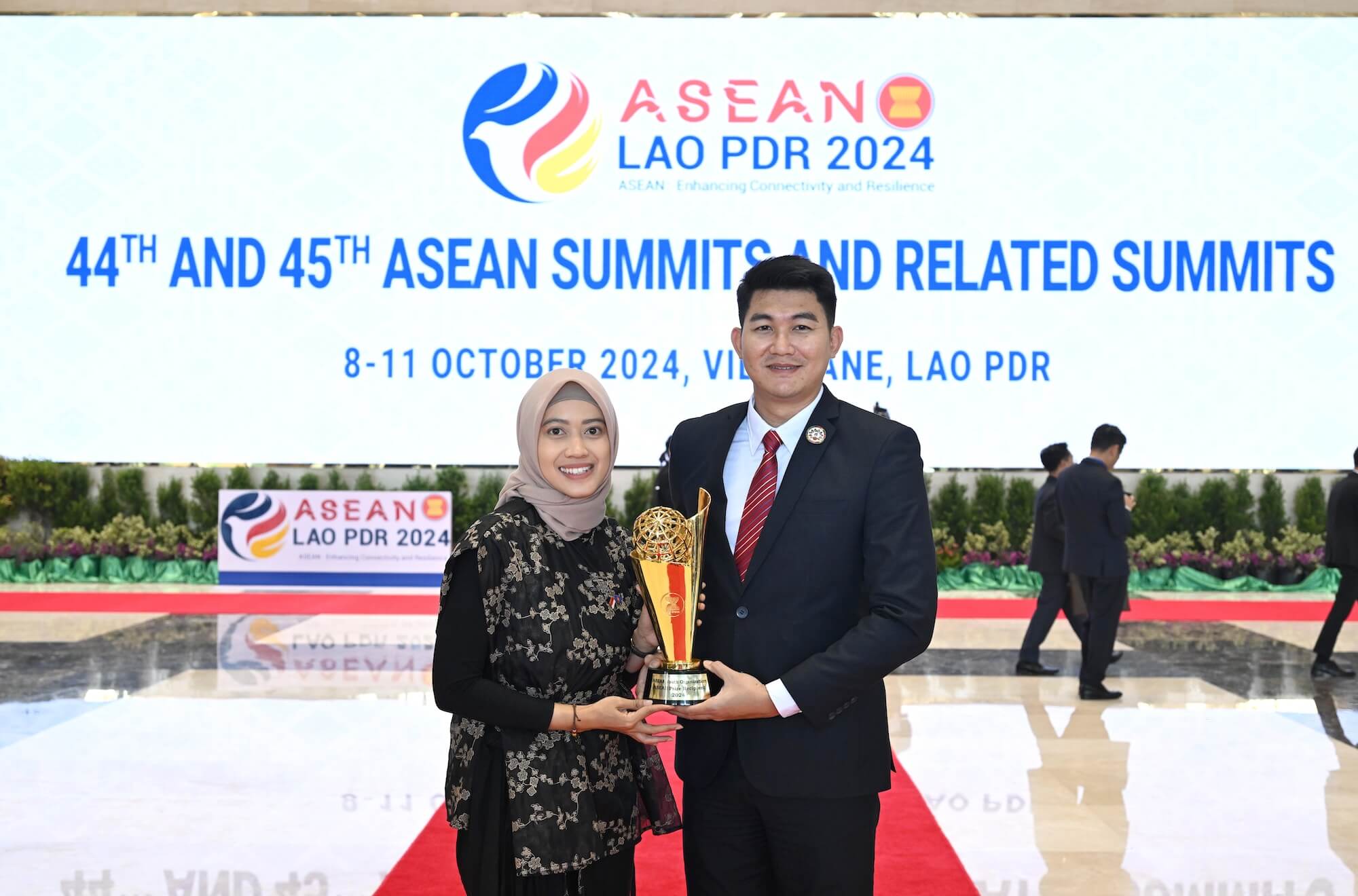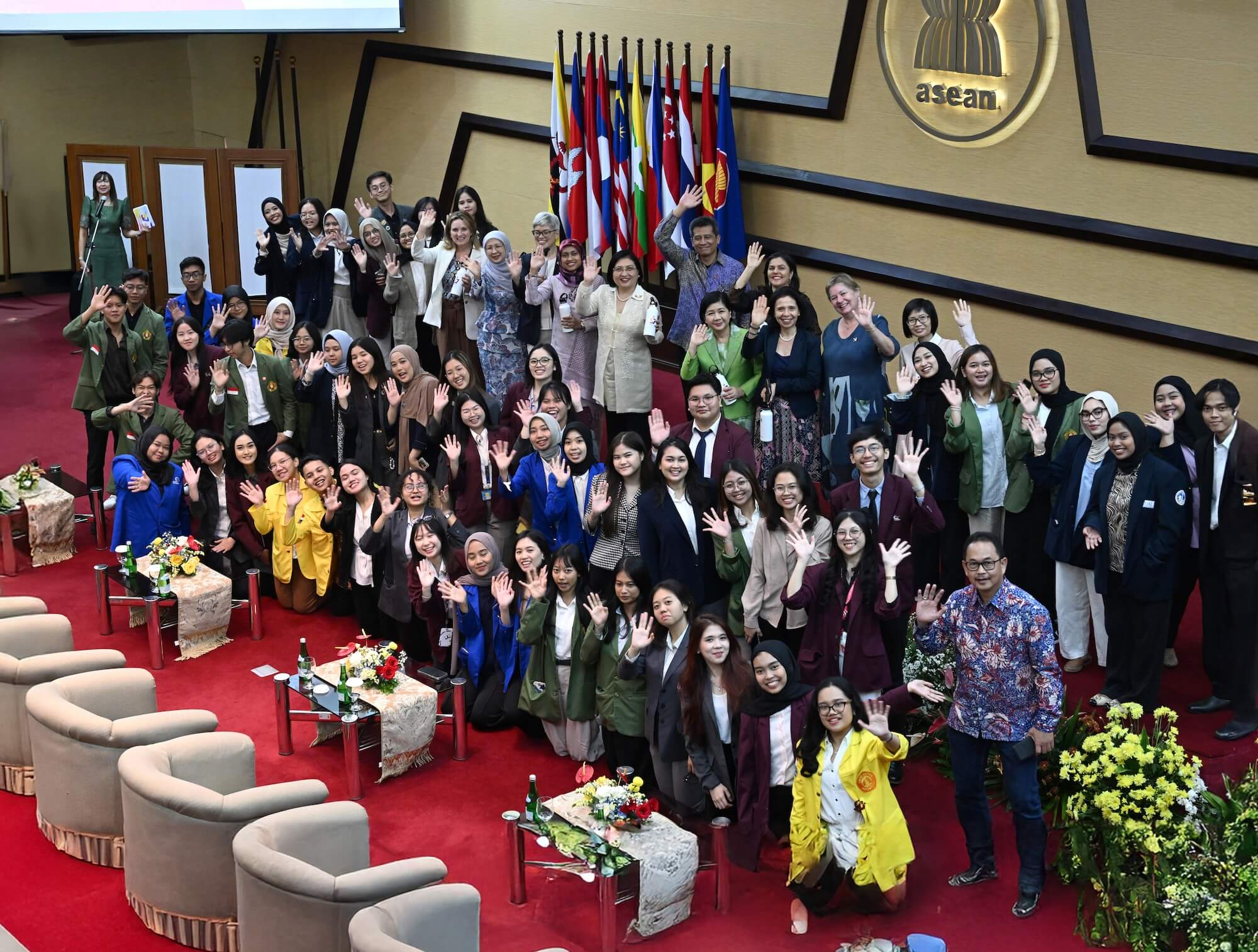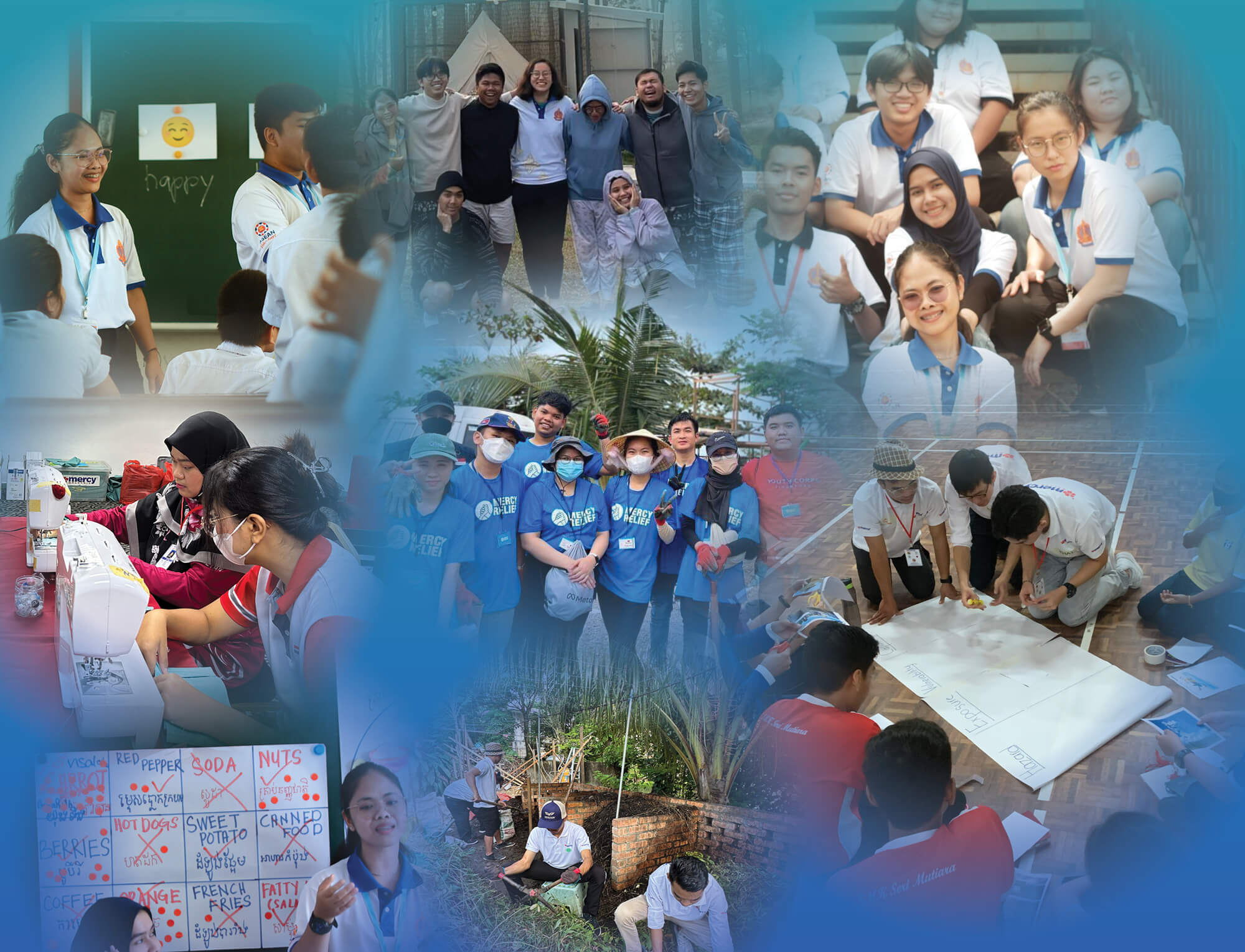




It is not a rare occurrence for the youth in ASEAN to have the opportunity to voice their ideas and opinions in front of high-level officials in the region. On occasions such as the ASEAN summits in 2019 and 2020, youth representatives interfaced with the Heads of State/Government. They managed to deliver statements on behalf of the youth, who comprise a third of the ASEAN’s population. However, can the youth be confident that their voices will be heard? How can the region’s policy-making community and key stakeholders act on the youth’s recommendations?
Youth participation and engagement in the policy-making processes in ASEAN are highly encouraged under the ASEAN youth sector’s five-year work plan. Consistent with this plan, the 1st ASEAN Youth Dialogue was held in July 2022 in Siem Reap, Cambodia. It served as a meaningful platform for approximately 70 delegates from the ASEAN Member States and the Republic of Korea (ROK) to discuss policy issues and exchange views with the ASEAN and ROK Youth Ministers and key dialogue partners. The dialogue centred on the theme, “Youth in the Era of Fourth Industrial Revolution: Opportunities and Challenges in Post-pandemic Recovery”, which focused on the way stakeholders can collaborate with youth to reap the benefits and opportunities arising from the Industrial Revolution 4.0, and address the challenges of global trends and the pandemic.
I have had the privilege of witnessing how the dialogue unfolded. The dialogue’s order of proceedings was formal and involved high-level representatives. This is beneficial for the youth as it exposes them to typical government processes and dynamics and raises their level of professionalism. During the first drafting workshop, the delegates were divided into pre-identified thematic areas, with suggested key issues and a recommendation outline to guide the discussion. This approach is useful in framing and eliciting the views of the youth in this inaugural edition of the ASEAN Youth Dialogue. In succeeding dialogues, the young delegates can be encouraged to formulate their own problem statement(s) under each area which will encourage them to commit even more in-depth thinking about pressing issues in each area. They can also be given a chance to acknowledge the responses of ASEAN governments and revisit their recommendations based on their responses. Nonetheless, the final version of the policy recommendations turned out substantive and profound without losing their sense of youthfulness.
Youth advocacy is a journey rather than a destination, and it involves constant dialogue with decision-makers. It is about building trust between two parties, exercising the advocacy rights of the youth, and getting governments to be open to the youth’s point of view. By and large, the 1st ASEAN Youth Dialogue has created this environment. I note that government representatives and stakeholders in ASEAN appreciated the youth’s enthusiasm in delivering meticulously formed policy recommendations on critical problems in the region. The recommendations from the dialogue were elevated to the Leaders during the 40th and 41st ASEAN Summit held in November 2022 in Phnom Penh. This has led to the issuance of the ASEAN Leaders’ Statement on the Year of ASEAN Youth to Strengthen the Role of Youth in ASEAN Community-Building. The youth in the region will be looking forward to more meaningful engagement with ASEAN beyond 2022 and expecting concrete action on their recommendations.








